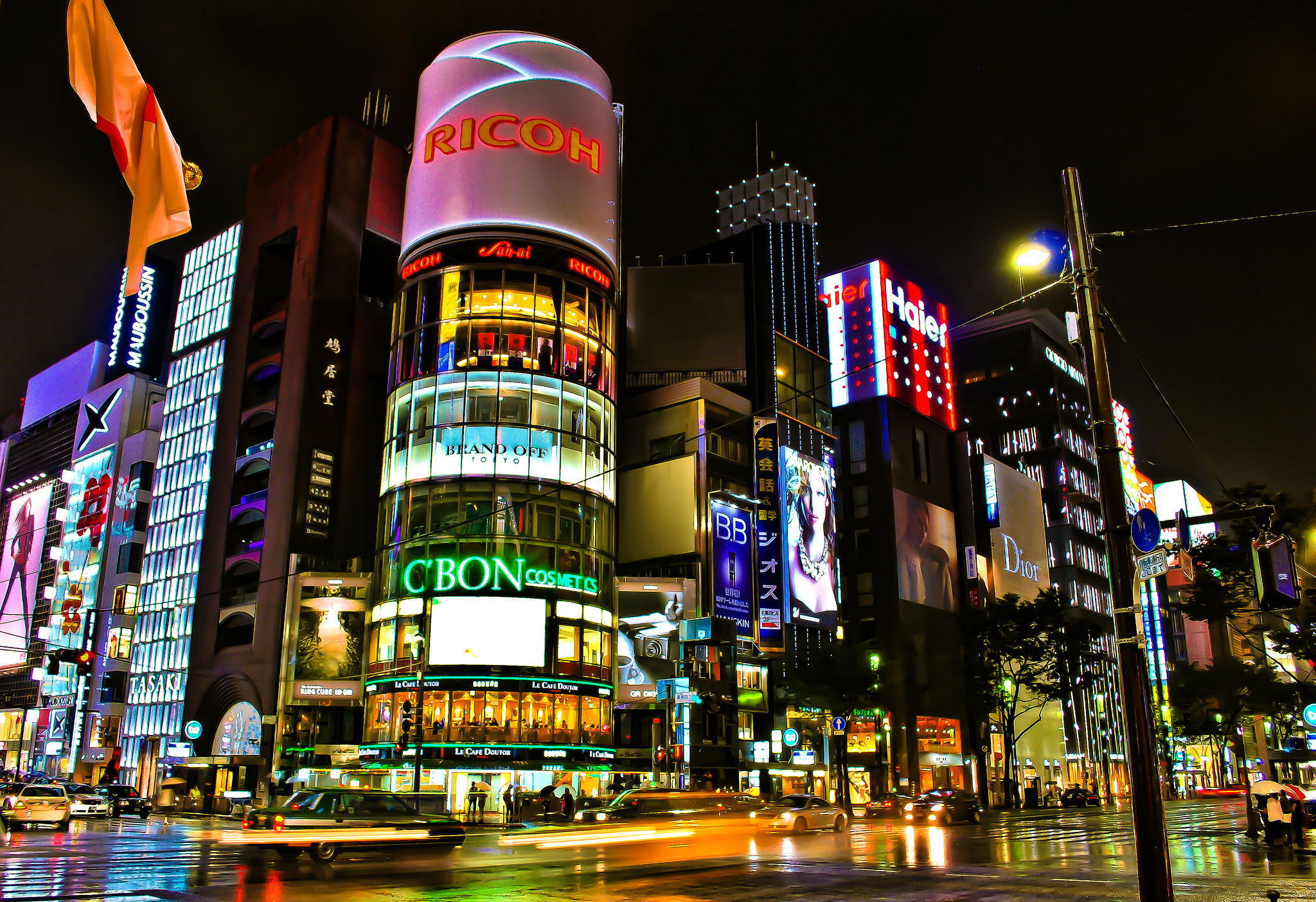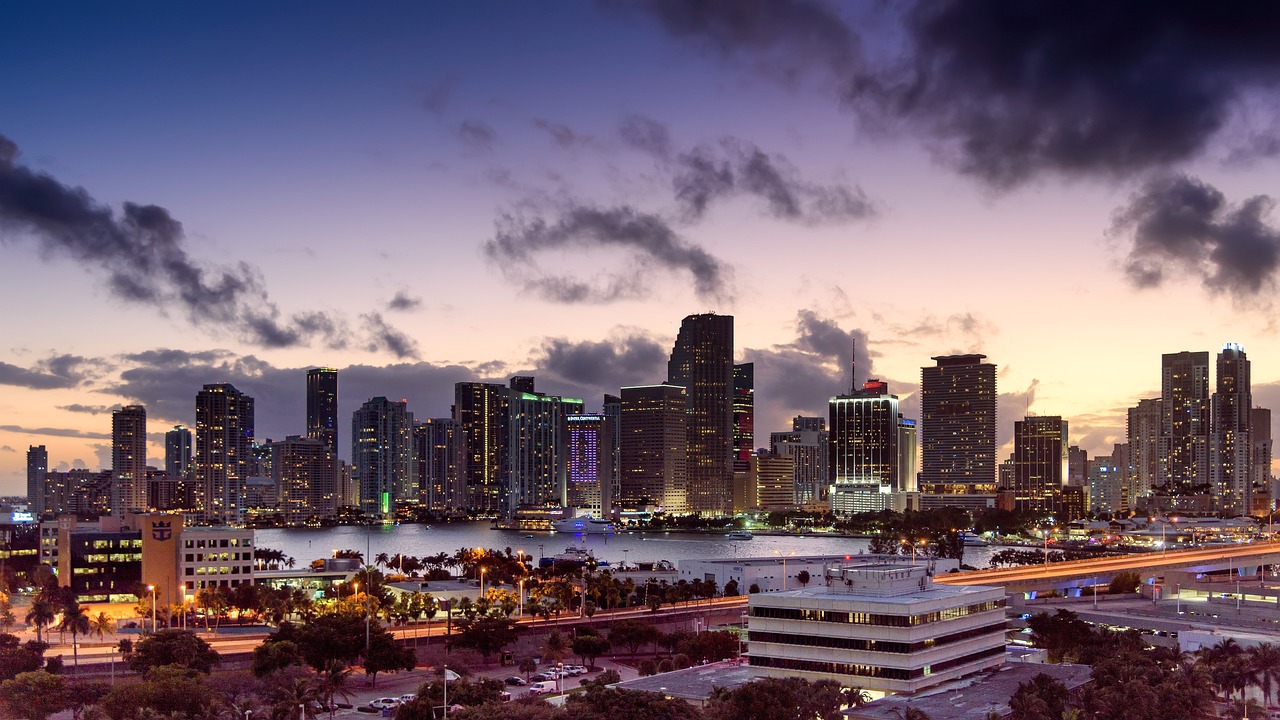The United States is home to two of the most iconic coastlines in the world—the East Coast and the West Coast. The East Coast vs. West Coast is always a hot topic in the US and beyond. Whether you’re a travel enthusiast, a geography lover, a local resident, an international student, or a job seeker, understanding the unique characteristics of these regions can help you appreciate the rich diversity of the US. This blog post will give you a comprehensive tour of both coasts, comparing their lifestyles, attractions, climate, culture, universities, transportation, food and much more. By the end, you’ll have a clearer picture of which coast might be better suited to your interests and needs.
What is the East Coast?
The East Coast of the United States, also known as the Eastern Seaboard, the Atlantic Coast, is a region that stretches from Maine in the north to Florida in the south. It is known for its historical significance, bustling cities, and picturesque landscapes. The East Coast is home to some of the nation’s oldest institutions, making it a treasure trove of cultural and historical landmarks.
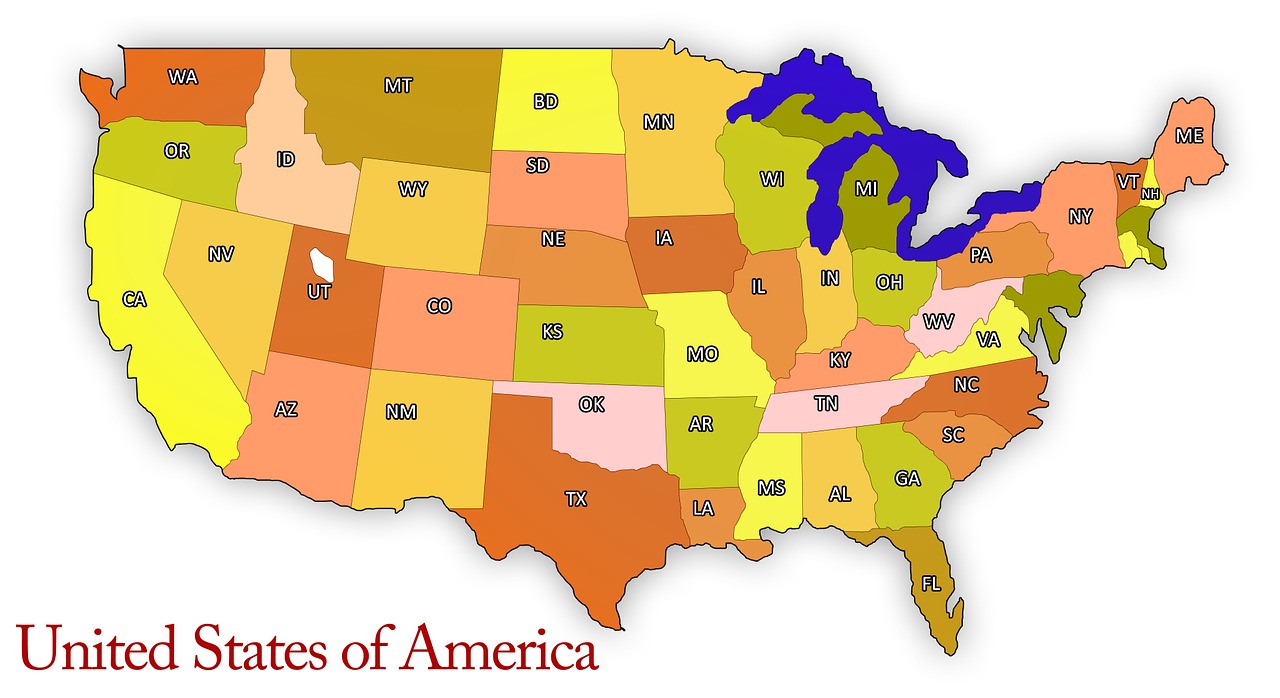
What is the West Coast?
The West Coast, often referred to as the Pacific Coast, extends from Washington State down to California State. Known for its laid-back lifestyle, stunning natural beauty, and innovative spirit, the West Coast is a dream destination for many. This region is home to some of the world’s leading tech companies, making it a hot spot for innovation and entrepreneurship.
East Coast vs. West Coast: States and Cities
East Coast
The East Coast is home to 14 states, each with its own unique identity and culture. These states include Maine, New Hampshire, Vermont, Massachusetts, Rhode Island, Connecticut, New York, New Jersey, Pennsylvania, Delaware, Maryland, Virginia, North Carolina, South Carolina, Georgia, and Florida.
Some of the most iconic cities on the East Coast are:
- New York City: Known as “The Big Apple,” it is a global hub for finance, culture, and entertainment.
- Boston: Rich in history, it played a pivotal role in the American Revolution.
- Washington D.C.: The capital of the United States, home to the federal government and numerous national monuments.
- Miami: Famous for its vibrant nightlife, diverse culture, and beautiful beaches.
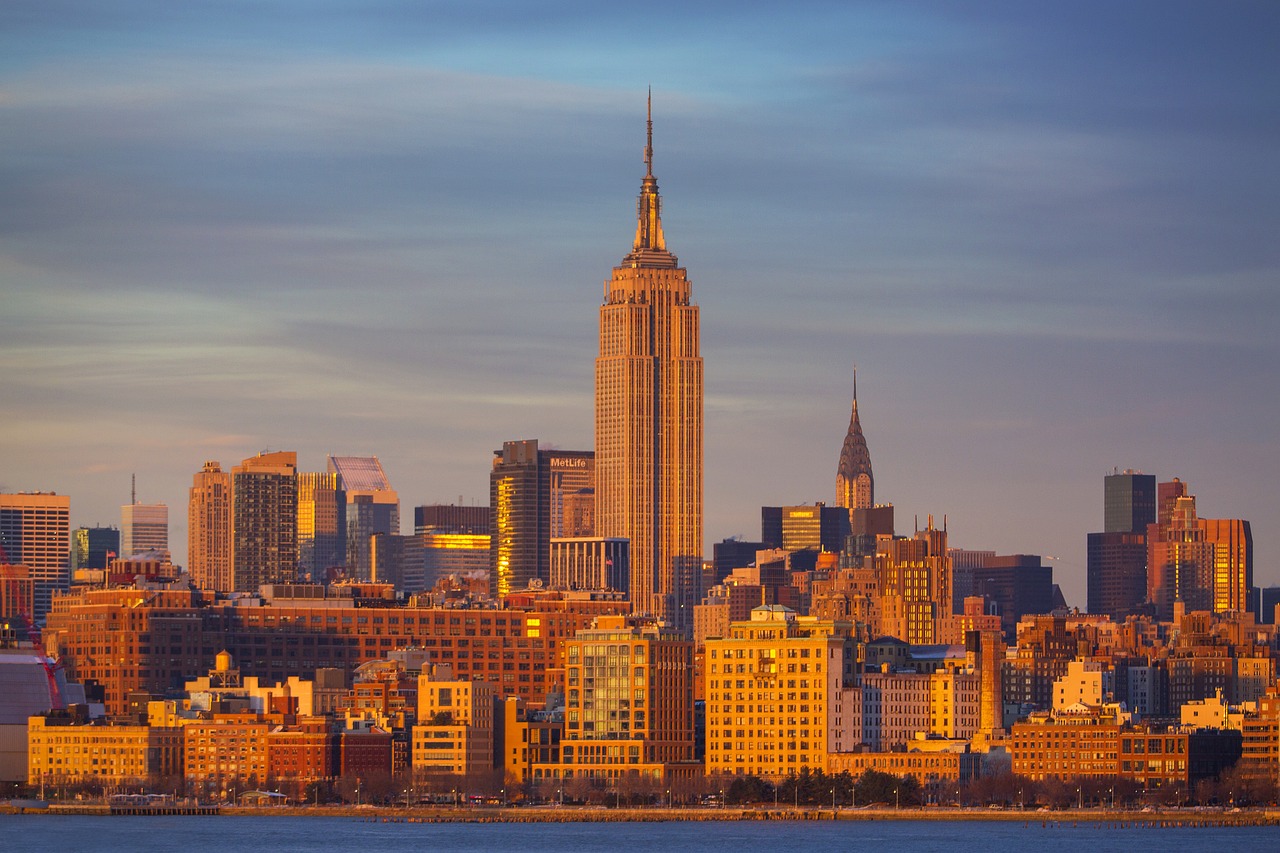
West Coast
The West Coast consists of three states: Washington, Oregon, and California. Despite the fewer states, the region is no less diverse in terms of landscapes and cities.
Some key cities include:
- Los Angeles: The entertainment capital of the world, known for Hollywood and its sprawling metropolitan area.
- San Francisco: Renowned for its tech industry, iconic Golden Gate Bridge, and eclectic neighborhoods.
- Seattle: A hub for technology and coffee culture, home to companies like Amazon and Starbucks.
- Portland: Famous for its vibrant arts scene, food culture, and progressive values.
East Coast vs. West Coast: Climate
East Coast
The East Coast experiences four distinct seasons, offering residents and visitors the chance to enjoy a wide range of activities, from skiing in the winter to beach outings in the summer. New England states like Maine and Vermont endure harsh, long and snowy winters and warm summers. The Mid-Atlantic states, including New York and New Jersey, have cold winters and hot, humid summers. The southeastern states, such as Georgia and Florida, enjoy mild winters and very hot, humid summers.

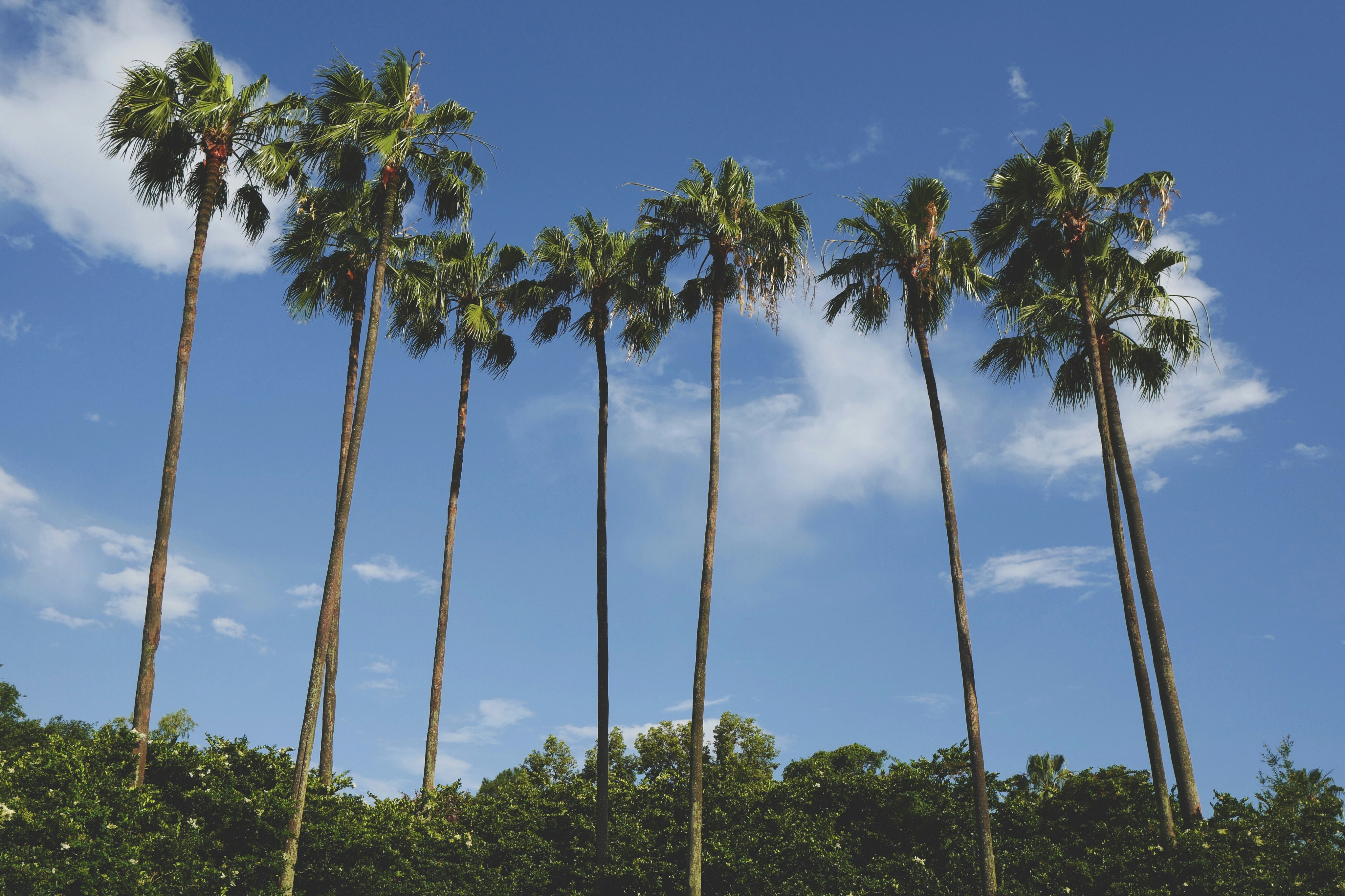
West Coast
The West Coast enjoys a more moderate climate, with milder winters and warm, dry summers. The Pacific Northwest, including Washington and Oregon, has a marine climate with cool, wet winters and mild summers. California boasts a Mediterranean climate, especially in areas like Los Angeles and San Francisco, with warm, dry summers and mild, wet winters. The southern part of California, including cities like San Diego, enjoys warm temperatures year-round.
East Coast vs. West Coast: History and Culture
East Coast
The East Coast is steeped in history, being the site of the original thirteen colonies and significant events like the American Revolution and the drafting of the Constitution. The East Coast is where the Puritans from England first arrived, seeking political asylum. They retained British traditions, lifestyles, and values, so the culture on the East Coast tends to be more conventional, with a strong emphasis on education, the arts, and politics.
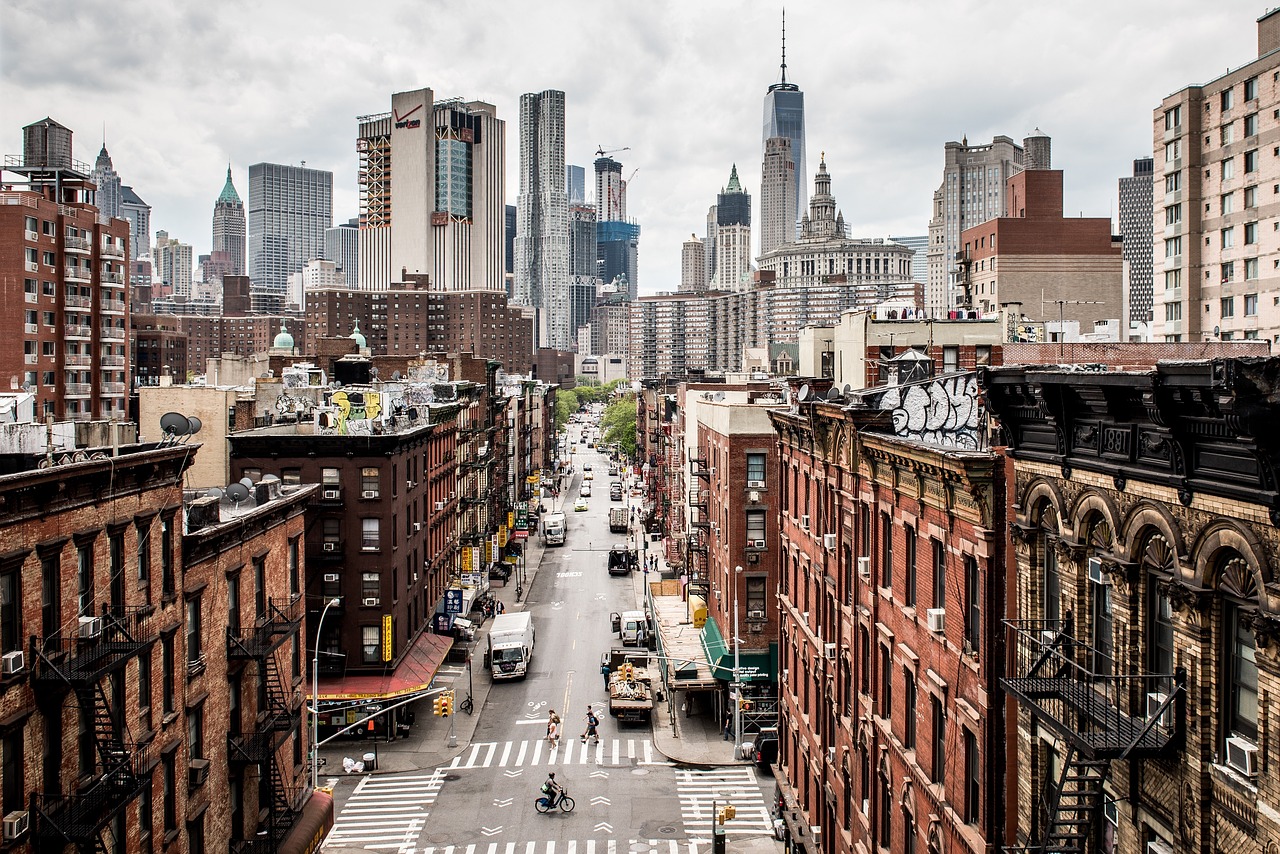
West Coast
When it comes to the West, we often think of words like cowboy spirit, heroism, and libertarianism. Indeed, the atmosphere in the West is much more free-spirited and exuberant.The West Coast has a shorter history in terms of European settlement, with significant growth occurring during the 19th and 20th centuries. The Gold Rush of 1849 played a crucial role in the development of California. The culture on the West Coast is often seen as more progressive and laid-back, with a strong emphasis on innovation, technology, and the entertainment industry.
East Coast vs. West Coast: Lifestyle
East Coast
Life on the East Coast is often fast-paced, particularly in major cities like New York and Washington D.C. The region is known for its bustling urban environments, where people are always on the move, and the work culture is competitive.
If you enjoy busy, lively and crowded life vibes, then the vibrant “fast life” pace and nightlife of the East Coast must appeal to you!

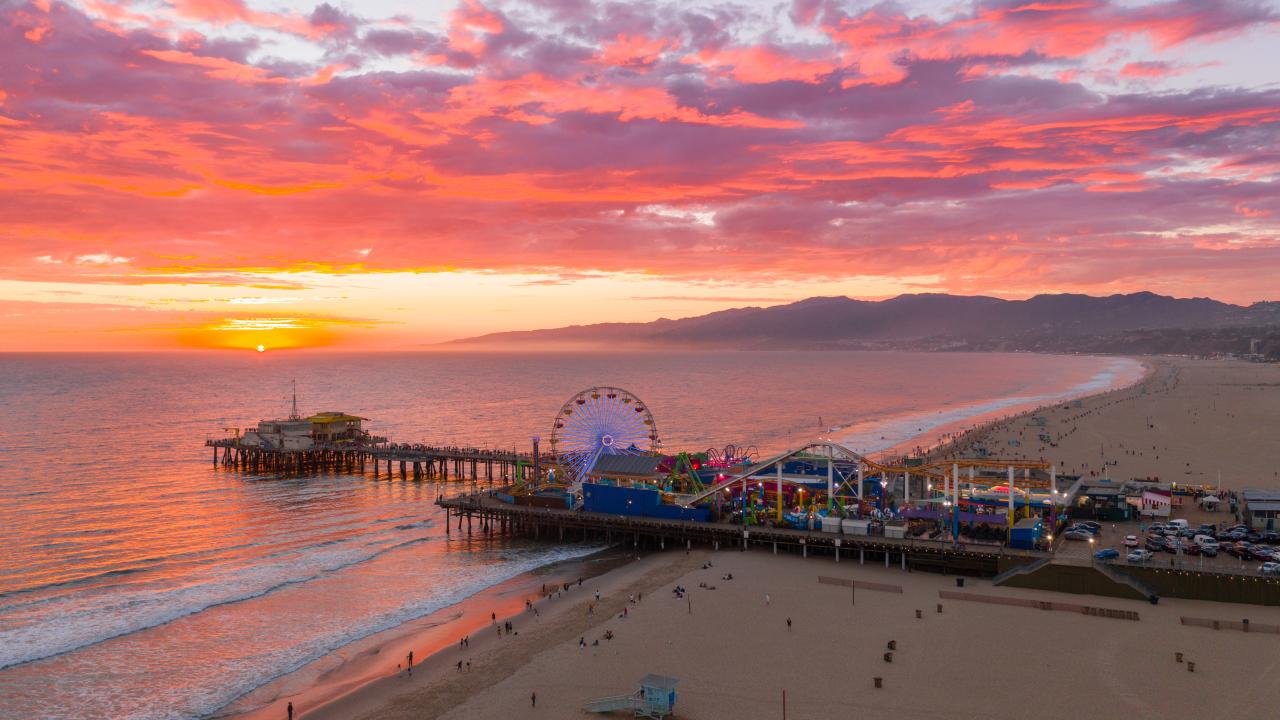
West Coast
West Coast is synonymous with a more relaxed and laid-back lifestyle. Cities like Los Angeles and San Francisco encourage a slower pace of life, with an emphasis on outdoor activities, wellness, and a work-life balance. The “California casual” attitude permeates much of the West Coast, promoting a more stress-free environment.
If you can’t emerge in the bustling environment in the east side, the cozy, eased and nature-loving West Coast might be more suitable!
East Coast vs. West Coast: Landmarks and Attractions
East Coast
The East Coast is home to historical landmarks, bustling streets and natural attractions. Here are some world-famous landmarks you cannot miss:
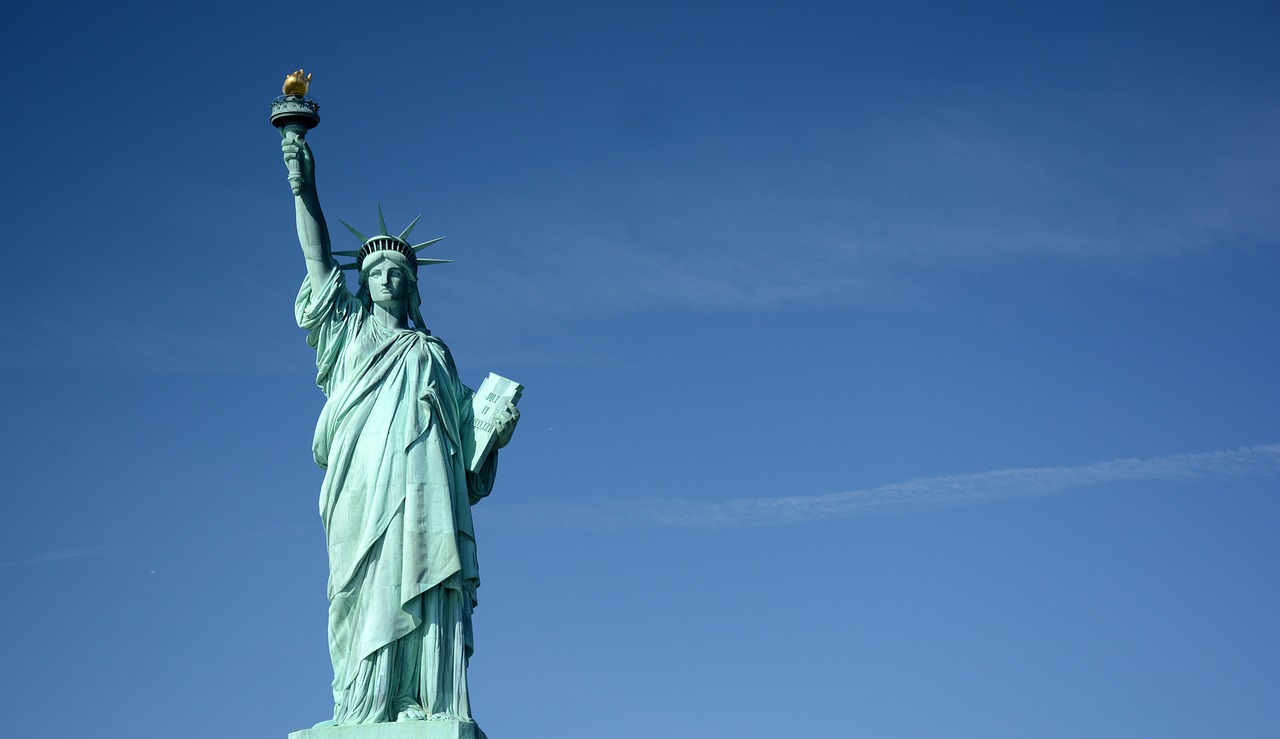
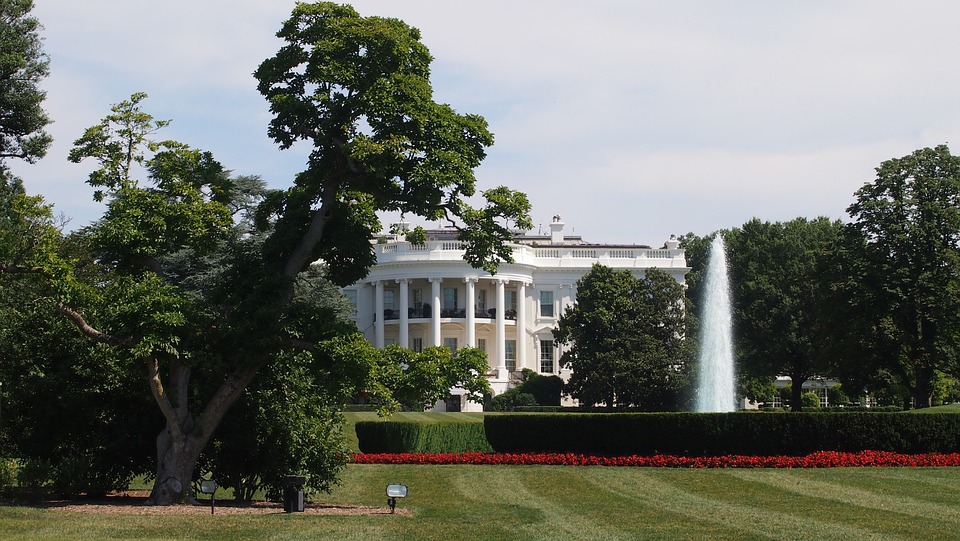

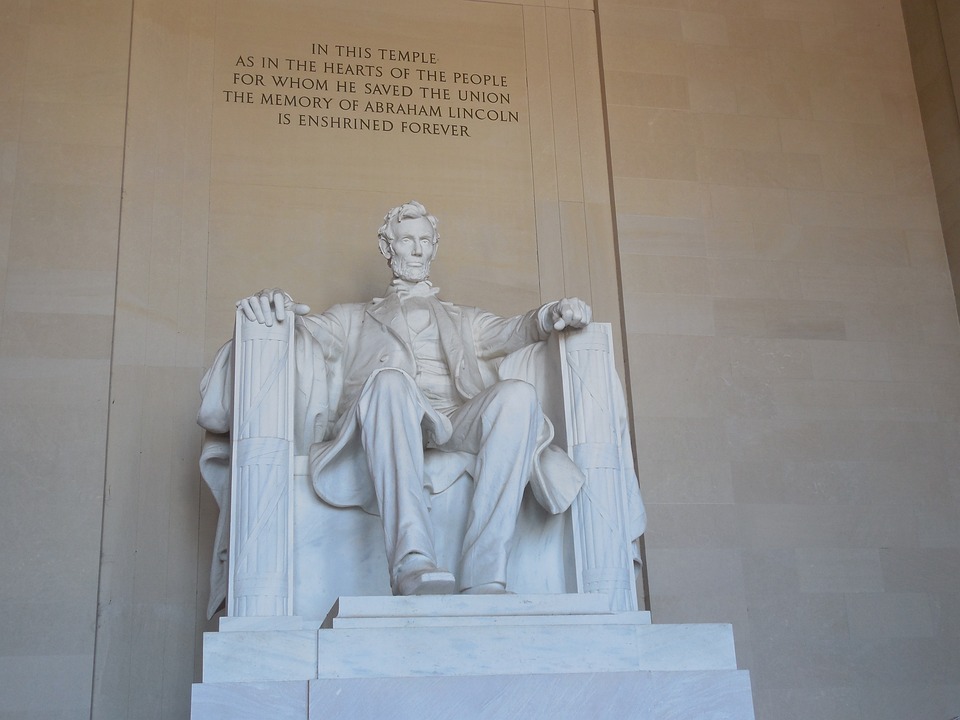
Statue of Liberty
White House
Time Square
Lincoln Memorial
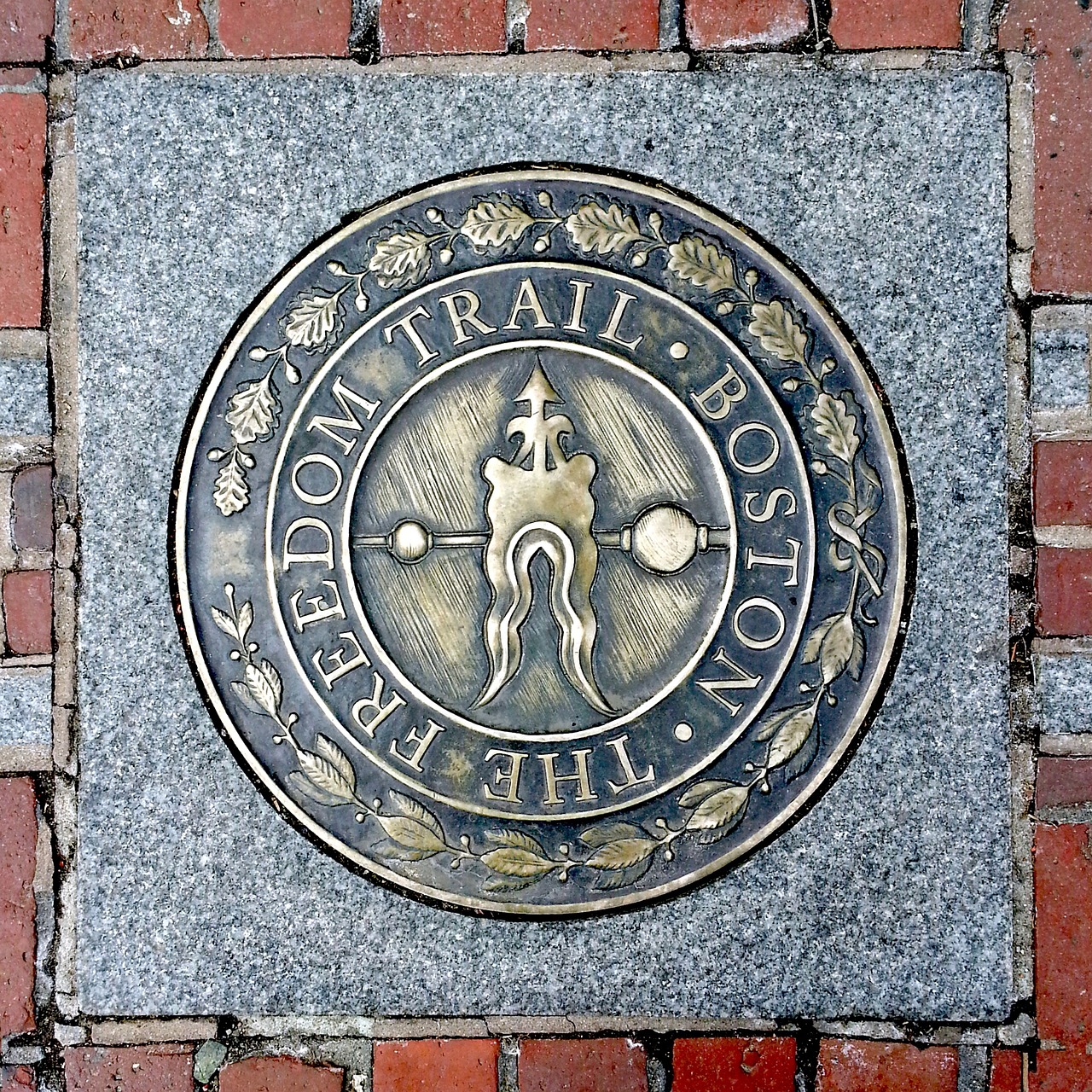
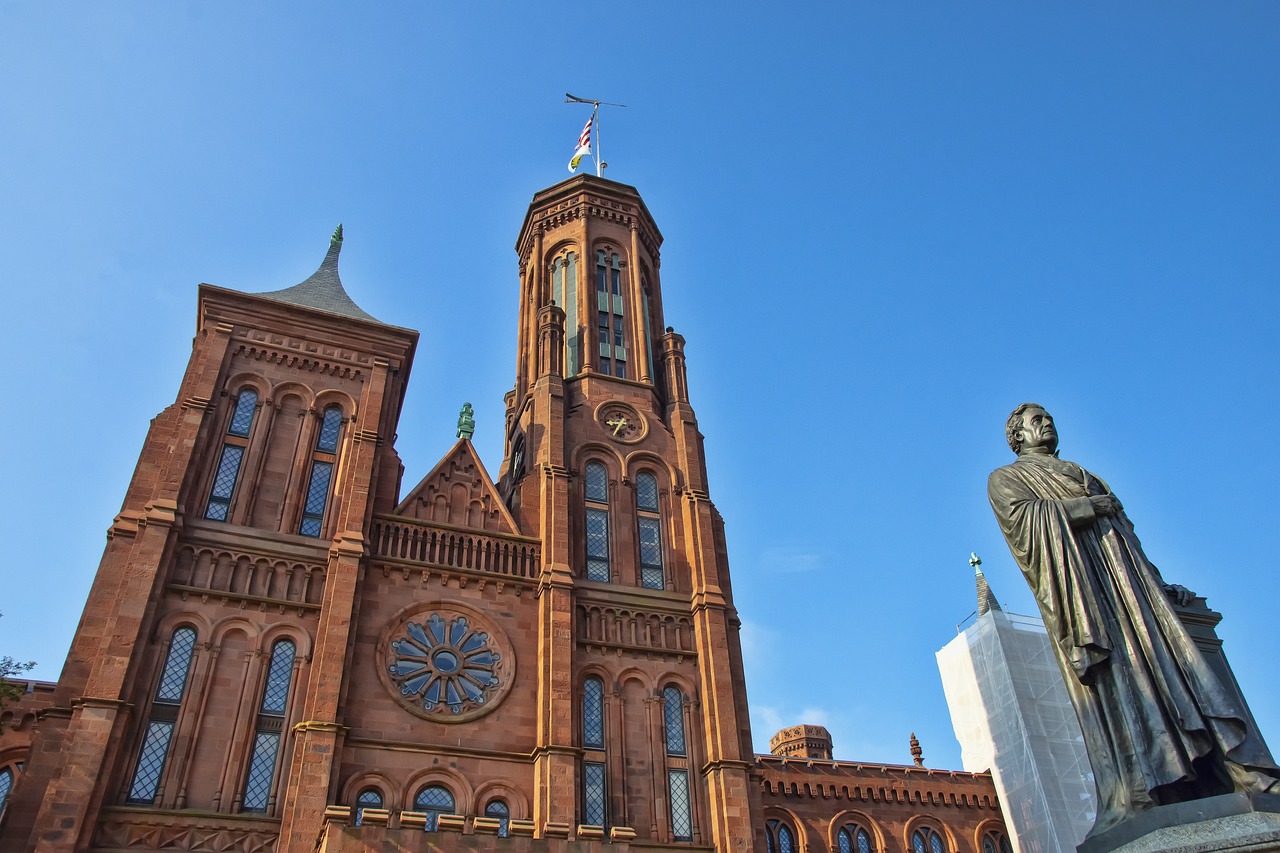
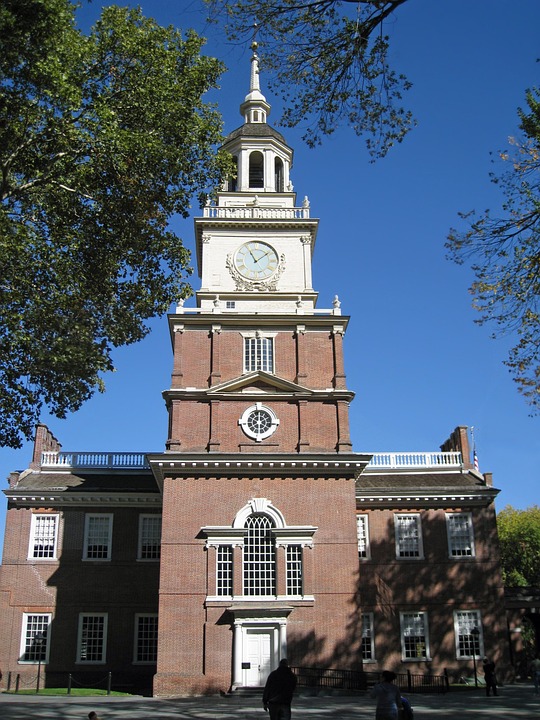
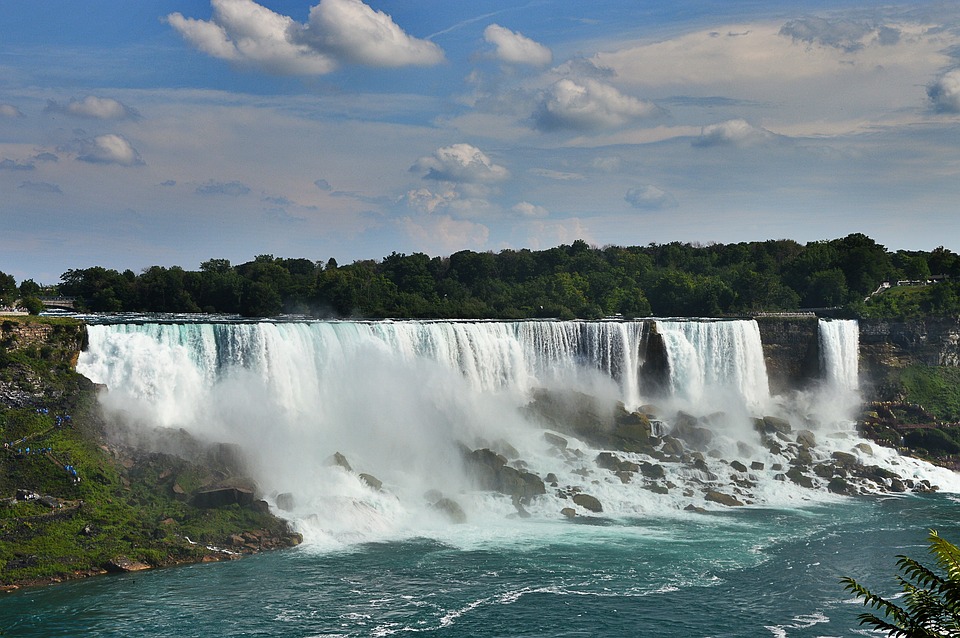
Freedom Trail
Smithsonian Museums
Independence Hall
Niagara Falls
West Coast
The West Coast, on the other hand, offers breathtaking natural beauty and iconic landmarks. Here are some attractions in the west coast area you cannot miss:
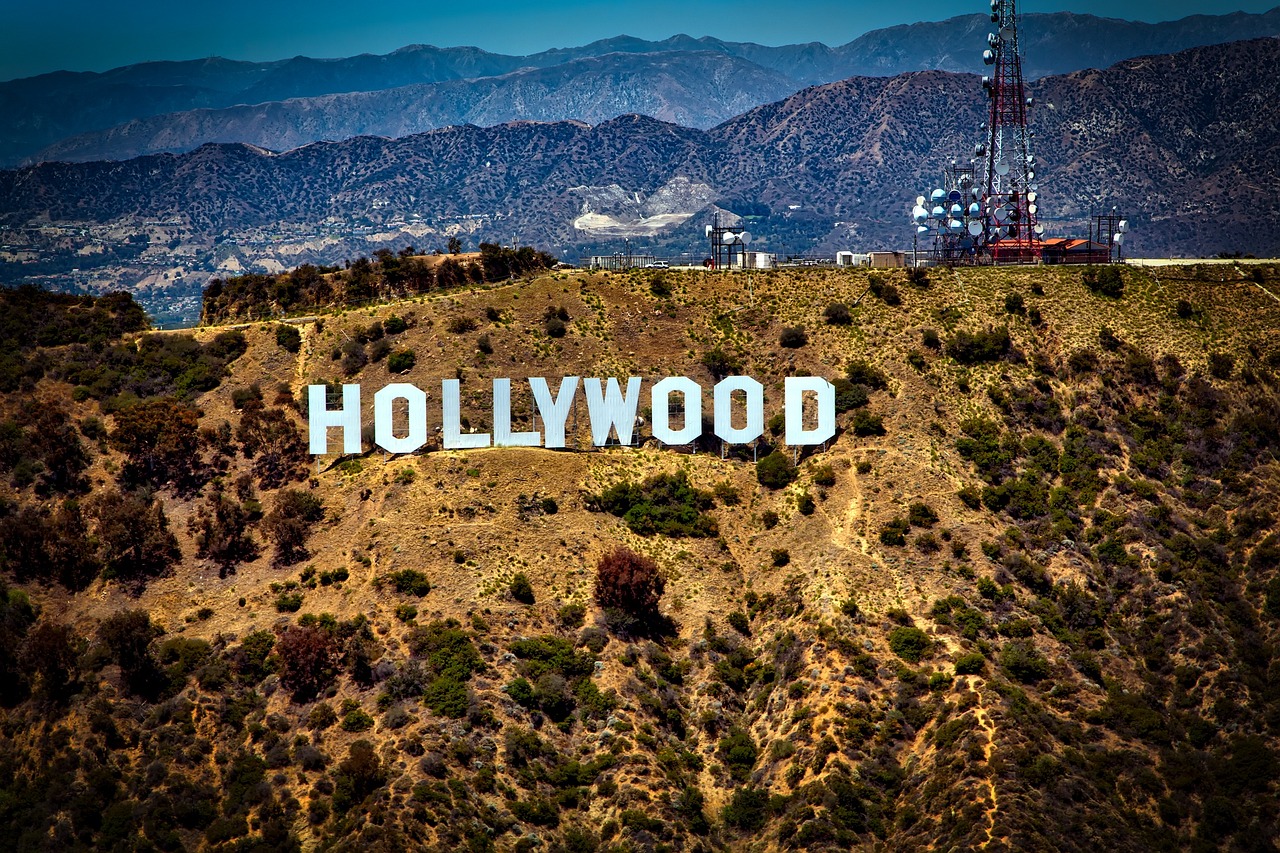
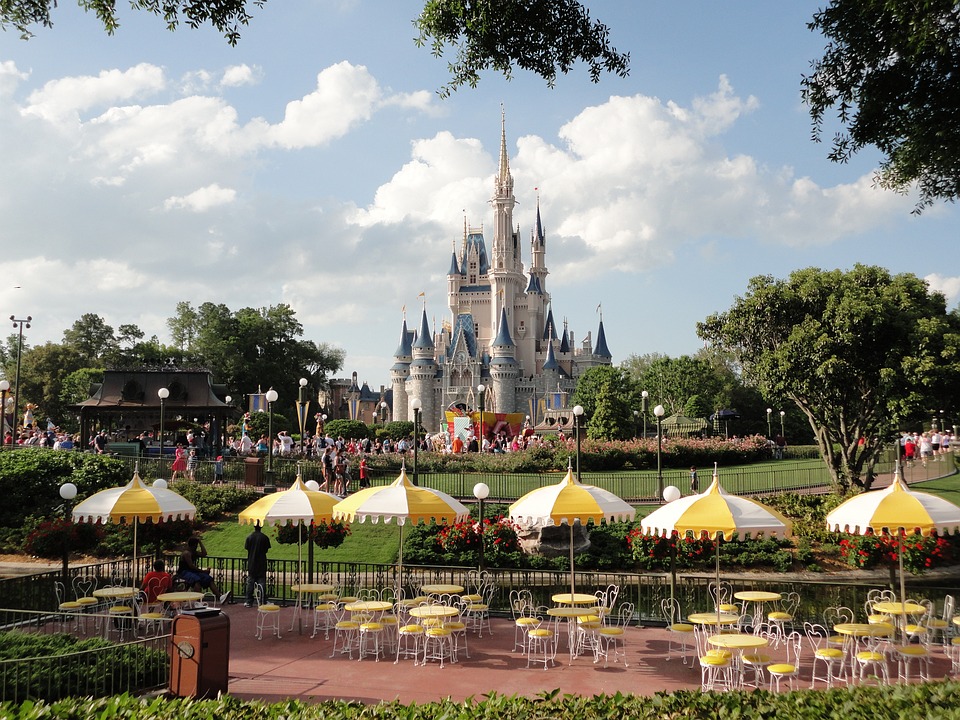
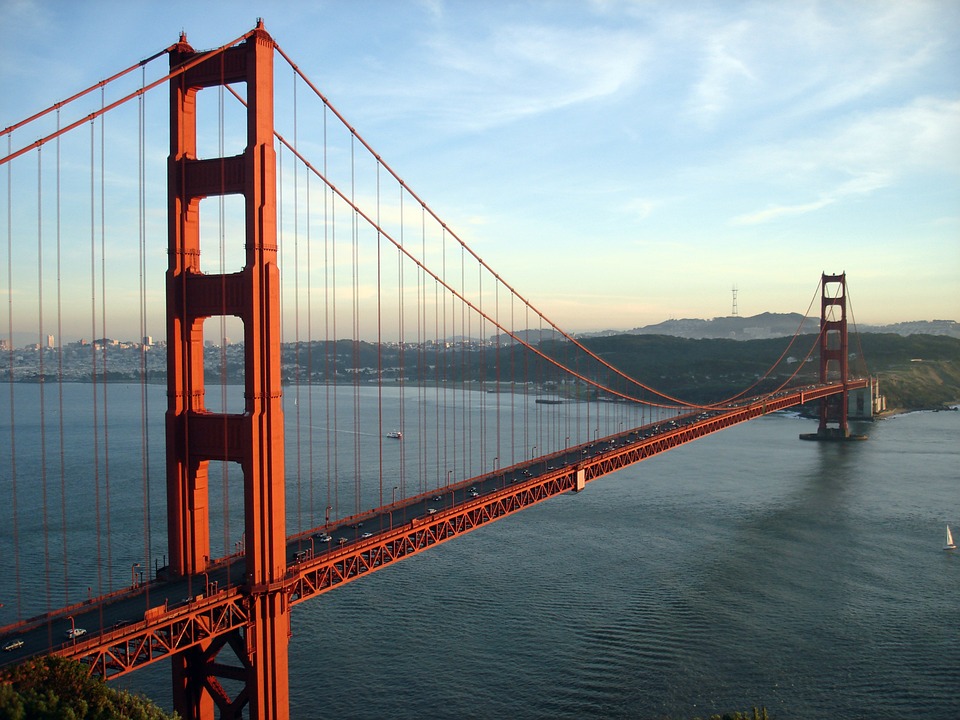
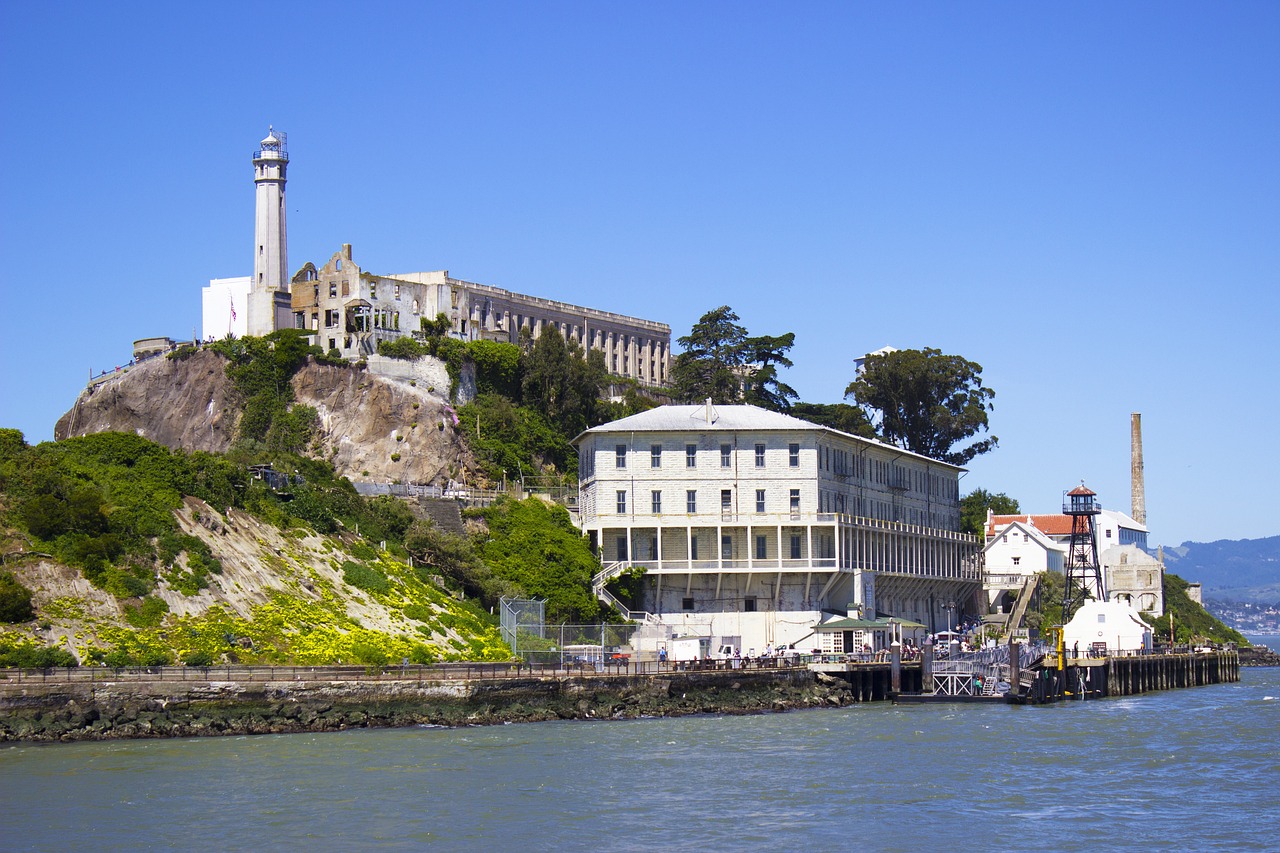
Hollywood
Disneyland Resort
Golden Gate Bridge
Alcatraz Island
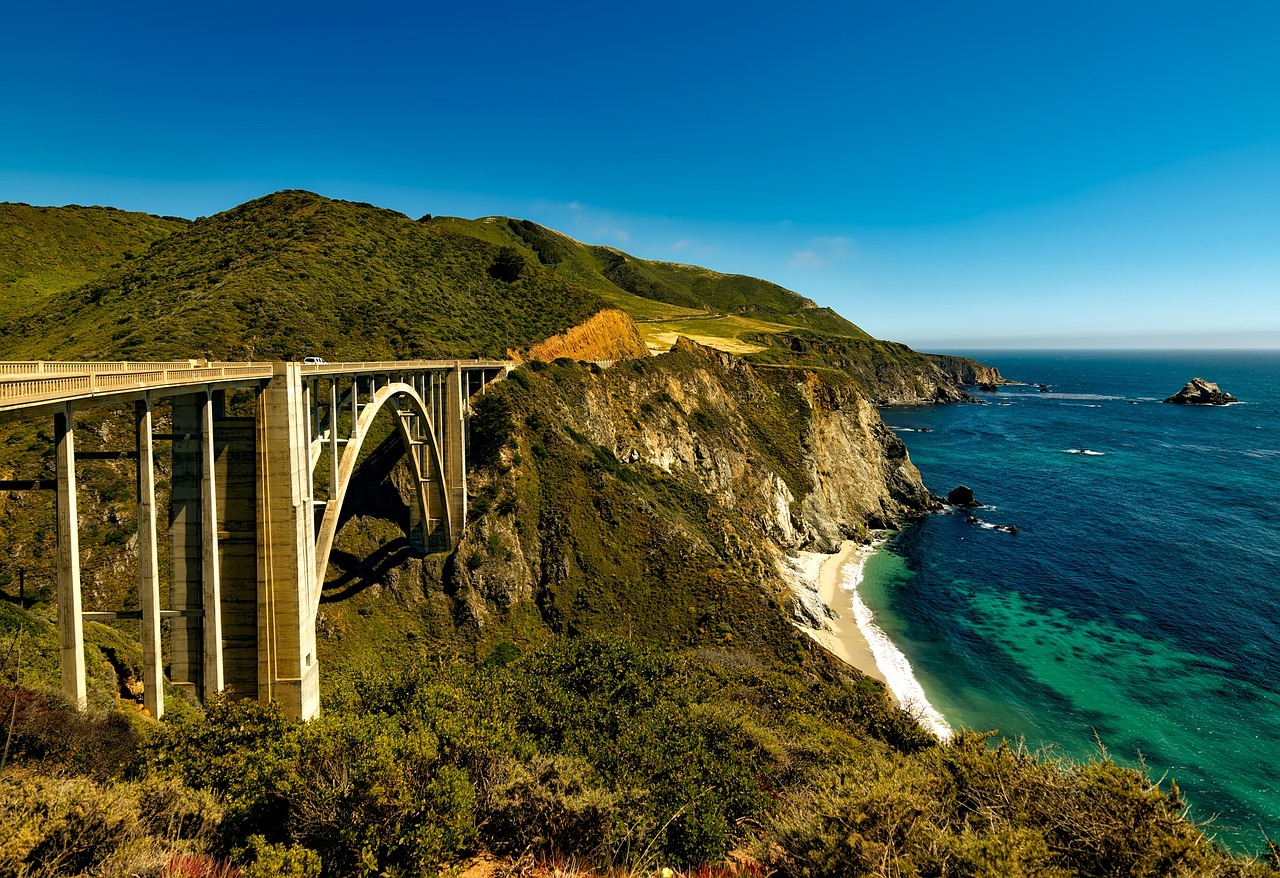
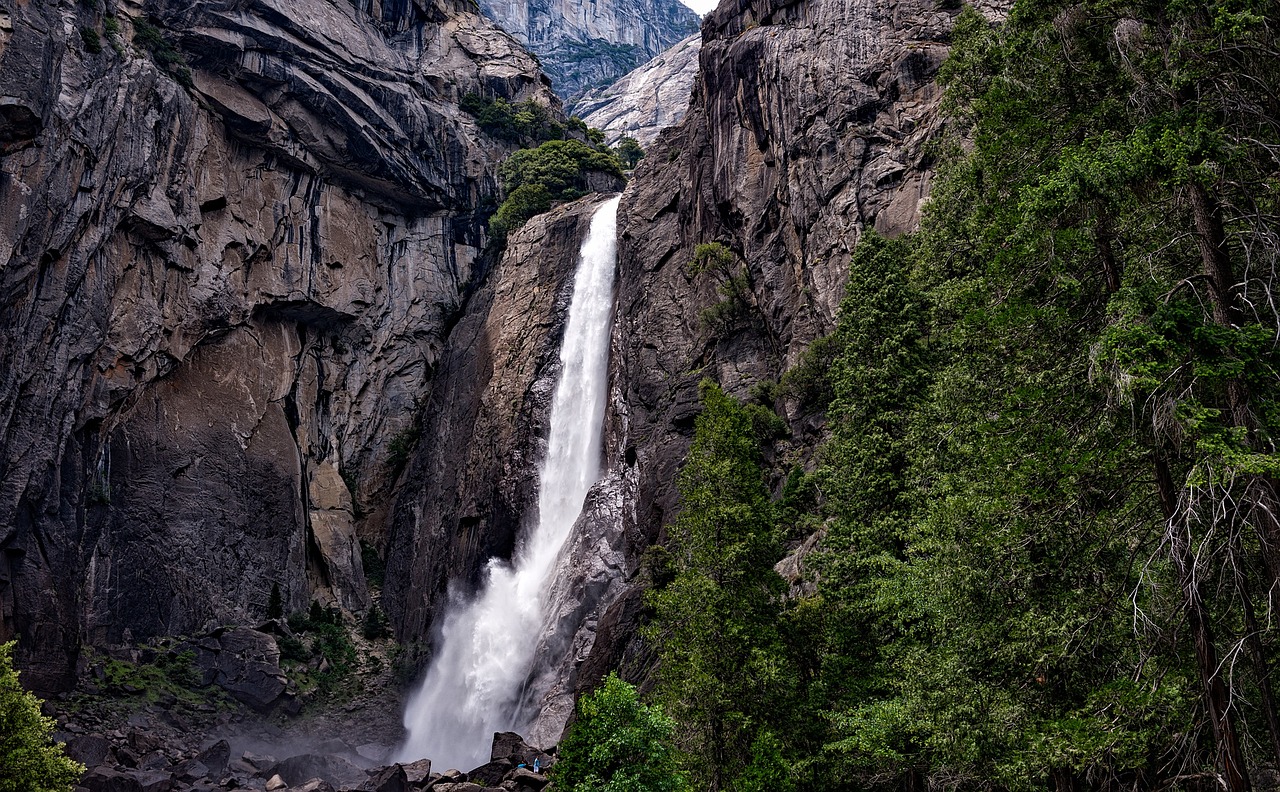
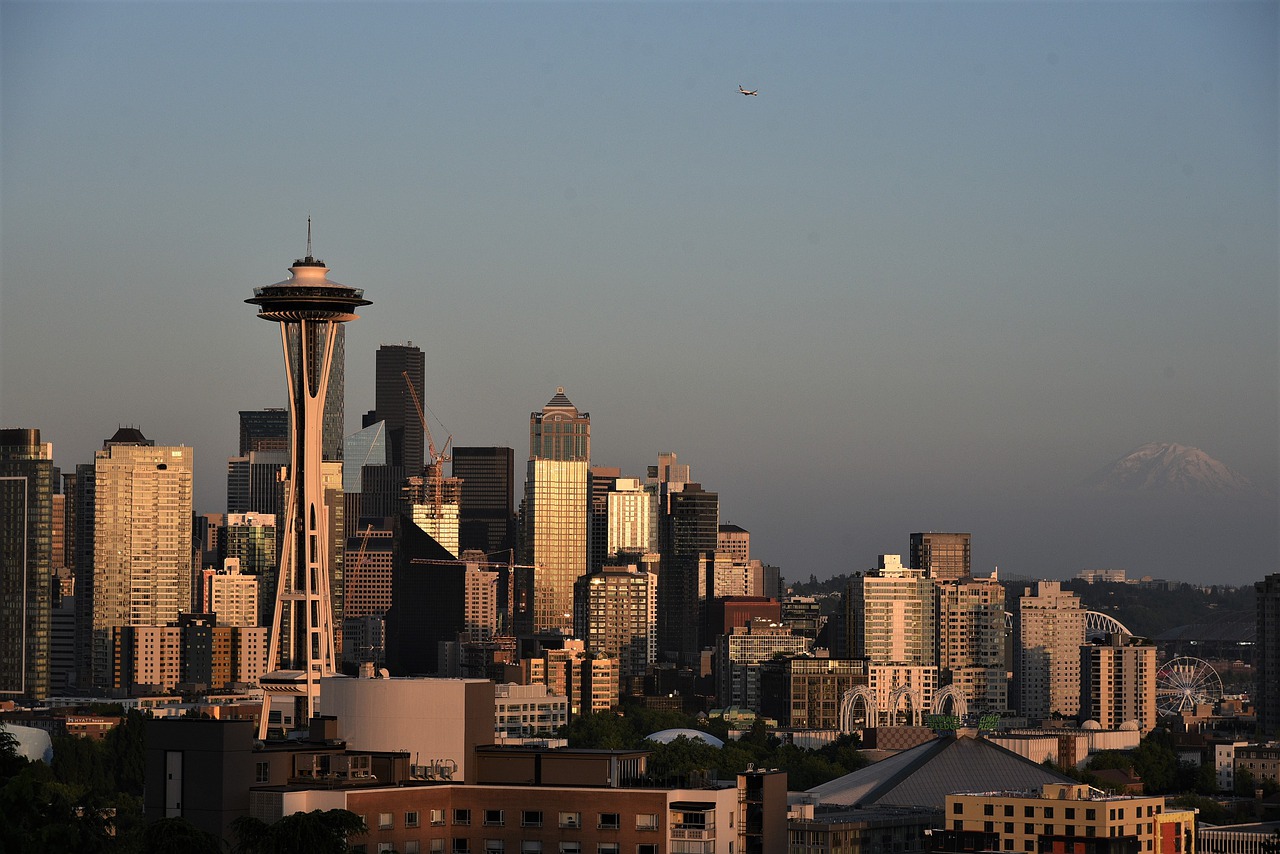
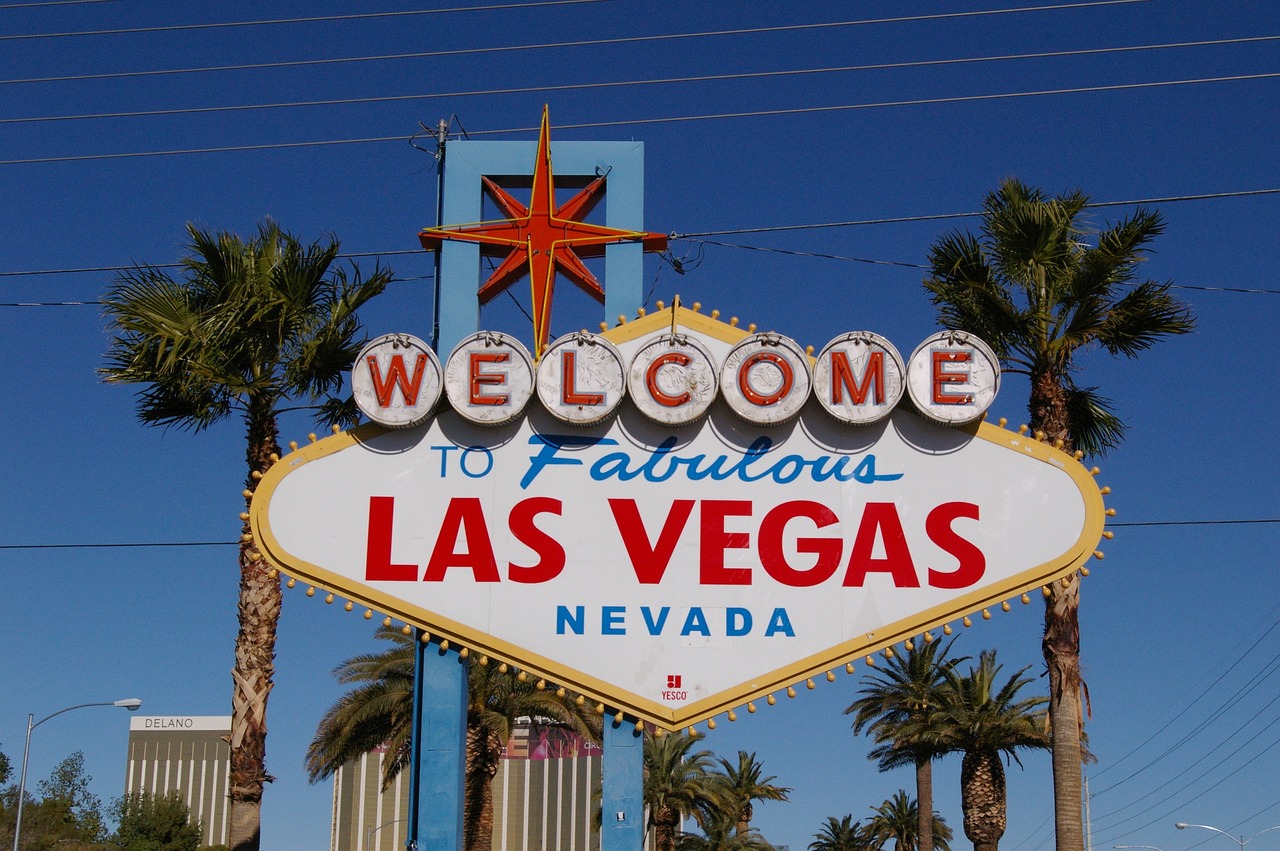
Pacific Coast Highway
Yosemite National Park
Space Needle
Las Vegas Strip
East Coast vs. West Coast: Education and Universities
East Coast
The East Coast is renowned for its long-established and prestigious educational institutions, many of which are part of the Ivy League. These universities are often associated with tradition, academic rigor, and a strong emphasis on the liberal arts and humanities.
| East Coast: Top 10 Universities | ||
|---|---|---|
| World Rank | University | Location |
| 1 | Massachusetts Institute of Technology(MIT) | Cambridge, MA |
| 5 | Harvard University | Cambridge, MA |
| 13 | University of Pennsylvania | Philadelphia, PA |
| 16 | Princeton University | Princeton, NJ |
| 18 | Yale University | New Haven, CT |
| 20 | Cornell University | Ithaca, NY |
| 22 | Columbia University | New York, NY |
| 24 | John Hopkins University | Baltimore. MD |
| 39 | New York University | New York, NY |
West Coast
The West Coast is home to universities that are at the forefront of technology, innovation, and modern educational practices. These institutions often emphasize interdisciplinary studies and practical applications of knowledge.
| West Coast: Top 10 Universities | ||
|---|---|---|
| World Rank | University | Location |
| 2 | Stanford University | Stanford, CA |
| 6 | California Institute of Technology | Pasadena, CA |
| 27 | University of California, Berkeley | Berkeley, CA |
| 44 | University of California, Los Angeles | Los Angeles, CA |
| 53 | University of California, San Diego | San Diego, CA |
| 80 | University of Washington | Seattle, CA |
| 102 | University of California, Davis | Davis, CA |
| 134 | University of Southern California | Los Angeles, CA |
| 149 | University of California, Santa Barbara | Santa Barbara, CA |
| 235 | University of California, Irvine | Irvine, CA |
Studying in the United States is expensive no matter which coast you live on, especially if you’re attending school in major cities like Los Angeles or New York. In terms of tuition, according to U.S. News statistics, the most expensive universities are primarily concentrated on the East Coast, in places like New York, North Carolina, and Massachusetts. For example, Columbia University‘s annual tuition is $63,530. On the other hand, the universities with lower tuition fees are mainly located in the West and Midwest regions.
East Coast vs. West Coast: Job Opportunities
East Coast
The working environment on the East Coast is often characterized by traditional industries such as finance, government, and education. Cities like New York and Washington D.C. are known for their corporate environments and professional attire. Networking and formal business settings are more common here.

West Coast
The West Coast, particularly California, is famous for its tech industry. Silicon Valley is the epicenter of global technology and innovation, attracting talent from all over the world. Compared with the east coast, the working environment is more casual, with open office spaces, flexible work hours, and a strong emphasis on creativity and innovation.
East Coast vs. West Coast: Cuisine and Food
East Coast
The East Coast cuisine is deeply influenced by the waves of immigrants who have settled there over the centuries. This has resulted in a rich tapestry of culinary traditions, ranging from classic American dishes to diverse ethnic foods.
Some iconic foods include:
- New York-style pizza: Thin crust and often eaten folded.
- Philadelphia cheesesteak: A sandwich filled with thinly sliced beef and melted cheese.
- Maryland crabs: Known for their sweet meat and Old Bay seasoning.
- Southern cuisine: Including dishes like fried chicken, biscuits, and barbecue.



West Coast
The West Coast is known for its emphasis on fresh, locally sourced ingredients, innovative cooking techniques, and a diverse range of ethnic influences. The cuisine is often lighter and more health-conscious, reflecting the region’s active and outdoorsy lifestyle.
The West Coast is known for its fresh, health-conscious food. Notable foods include:
- California sushi rolls: Featuring avocado, crab, and cucumber.
- Farm-to-table dining: Emphasizing fresh, local ingredients.
- In-N-Out Burger: A beloved fast-food chain known for its simple, high-quality burgers.
- Mexican cuisine: Particularly in Southern California, where tacos, burritos, and other dishes are staples.
East Coast vs. West Coast: Transportation and Accessibility
East Coast
The East Coast is renowned for its extensive metro systems, especially in major cities. New York City’s MTA subway system is one of the largest and busiest in the world, providing comprehensive coverage throughout the city. Washington, D.C.’s Metro and Boston’s MBTA also offer robust services, connecting urban and suburban areas efficiently.
Numerous commuter rail systems serve the East Coast, such as New Jersey Transit, Long Island Rail Road, and SEPTA in Philadelphia. These systems are vital for daily commuters traveling from suburban areas into city centers.


West Cost
While not as extensive as the East Coast, the West Coast has several efficient public transit systems. The Bay Area Rapid Transit (BART) in San Francisco, the Los Angeles Metro Rail, and the MAX Light Rail in Portland are critical components of their respective cities’ transportation networks.
However, the West Coast is more car-dependent overall. The vast distances and sprawling urban areas make driving a necessity for many residents.
Final Thought
Both the East Coast and the West Coast offer unique and enriching experiences. The East Coast, with its historical depth, fast-paced lifestyle, and cultural richness, contrasts beautifully with the West Coast’s natural beauty, innovative spirit, and laid-back vibe. Whether you prefer the traditional charm of the East or the progressive allure of the West, the United States’ coasts cater to a wide array of preferences and lifestyles. Ultimately, the choice between the two coasts comes down to personal preference, but exploring both can provide a deeper appreciation for the diverse tapestry that makes up this remarkable country!
FAQ
Which is better East Coast or West Coast USA?
It depends on personal preferences. The East Coast offers historical landmarks and a fast-paced lifestyle, while the West Coast boasts natural beauty, innovation, and a laid-back vibe. Both coasts provide unique opportunities and experiences, catering to different lifestyles and interests.
How is the west coast different from the East Coast?
The West Coast is known for its laid-back, innovative, and outdoorsy lifestyle, featuring stunning natural landscapes, tech hubs, and a focus on health and sustainability. The East Coast, in contrast, offers a fast-paced, historically rich environment with dense urban centers, iconic landmarks, and a strong emphasis on tradition and academia. Both coasts reflect their unique cultures through distinct culinary scenes, transportation systems, and social atmospheres.
Is the East Coast cheaper than West Coast?
The cost of living varies on both coasts, with the East Coast generally having higher living expenses in cities like New York and Boston due to housing costs. However, the West Coast also has expensive areas, particularly in California cities like San Francisco and Los Angeles. While some East Coast areas may be cheaper, the overall cost of living can be comparable in major metropolitan regions on both coasts, with significant variation depending on the specific location and lifestyle.
Why do people move from east to West Coast?
People move from the East Coast to the West Coast for various reasons, including the pursuit of career opportunities in tech and entertainment, the appeal of a milder climate, and the desire for a more relaxed lifestyle. The West Coast’s natural beauty, innovative environment, and outdoor activities also attract those seeking a different pace of life and new experiences.
What are the benefits of living on the East Coast?
Living on the East Coast offers numerous benefits, including access to rich historical and cultural sites, diverse urban environments, top-tier educational institutions, and extensive public transportation. The region also provides vibrant job markets in finance, government, and healthcare, alongside a dynamic mix of seasonal experiences and recreational activities.

